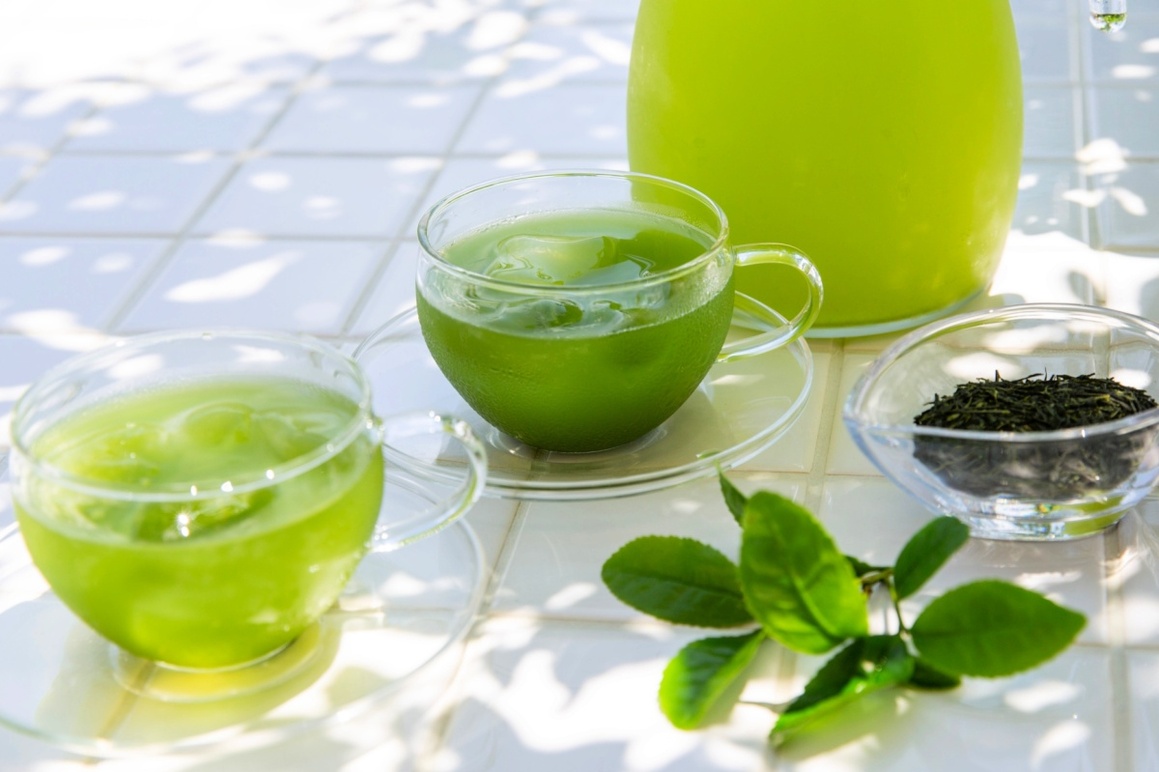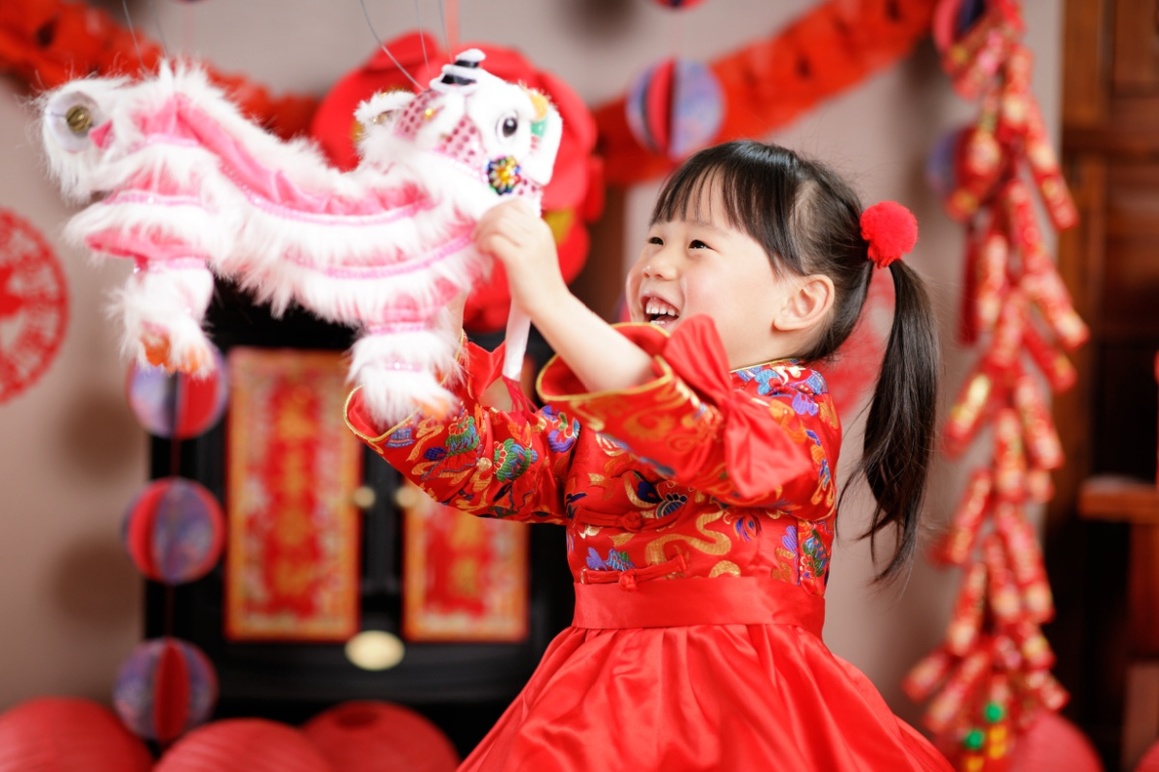Smashed Cucumber Iced Green Tea

Smashed Cucumber Iced Green Tea
This honeyed concoction melds the soothing essence of cucumber with the invigorating kick of green tea. Serve it over ice, and it's the ultimate sip to keep you cool as a cucumber all day long.
Happy & Healthy Cooking,
Fun-Da-Mentals Kitchen Skills
- measure :
to calculate the specific amount of an ingredient required using a measuring tool (like measuring cups or spoons).
- smash :
to break up food into smaller pieces or squash food to flatten or soften it.
- steep :
to soak a food, like tea, in water or other liquid so as to bring out its flavor.
Equipment Checklist
- Pitcher
- Liquid measuring cup
- Wooden spoon
Ingredients
Smashed Cucumber Iced Green Tea
- 2 cucumbers
- 1/2 C honey
- 2 decaf green tea bags
- 4 C water
- 2 C ice
Instructions
Smashed Cucumber Iced Green Tea
smash + measure + steep
Place 2 cucumbers into a large pitcher with 1/2 cup of honey. Start smashing the cucumbers with a wooden spoon until they are chunky and mushed. You are trying to create a "no cook" cucumber simple syrup. Measure and add 4 cups warm water and stir. Then, add 2 decaf green tea bags. Place the pitcher in a warm or sunny place for 15 minutes or more to steep.
scrumptious science
Steeping is when you allow tea or other flavorful ingredients to soak in water and transfer their flavor to the water. Steeping can be a quick process by boiling the water you are using.
strain + pour
Strain the cucumber tea and remove the tea bags. The removed cucumbers make for a yummy snack. Pour the tea into cups over ice and enjoy!

Hi! I’m Cucumber!
"I'm as cool as a cucumber. Actually, I am a cucumber! I have a thick, dark green peel; I am longer than I am wide; and I am a fruit that's often used as a veggie! There are three types of cucumbers: slicing, pickling, and burpless. The slicing and burpless varieties, with or without their peels, are tasty and refreshing sliced, chopped, or minced in salads, sandwiches, salsa, sauces, appetizers, and smoothies or other drinks. The pickling cucumber eventually becomes a pickle (after its pickling spa treatment)!"
History & Etymology
- Cucumbers are one of the oldest known cultivated vegetables. They have been grown for at least 3,000 years and are believed to have originated in India.
- The early Greeks or Romans may have introduced cucumbers to Europe. Records indicate that the French cultivated them in the 9th century and the English in the 14th century. Then Spanish explorers brought cucumbers to the Americas in the 16th century.
- Pickled cucumbers, or pickles, may have been produced first by workers building the Great Wall of China or by people in Mesopotamia's Tigris Valley.
- A 1630 book called "New England's Plantation" by Francis Higginson, describing plants grown in a garden on Conant's Island in Boston Harbor, mentions "cowcumbers." The cucumber may have been dubbed cowcumber due to thinking at that time that uncooked vegetables were fit only for cows.
- The word "cucumber" comes from late Middle English, from the Old French "cocombre," from the Latin "cucumis."
Anatomy
- The cucumber is a creeping vine plant that is part of the Cucurbitaceae or gourd family. Other members are melon, squash, pumpkin, and watermelon. Cucumbers grow on a vine, often in sandy soil. Sandy soil warms faster in the spring, giving cucumbers a more favorable growing environment.
- Cucumber length varies. Slicers are 6 to 8 inches, burpless 8 to 10 inches, and picklers are 3 to 5 inches long.
- Cucumbers have a mild melon flavor. Slicing cucumbers will have seeds in their flesh, preferably small, soft seeds. Burpless cucumbers are slightly sweeter with a more tender skin and are easier to digest. They may also have no or very few seeds.
- "Cool as a cucumber" isn't just a catchy phrase. A cucumber's inner temperature can be 10 to 20 degrees cooler than the outside air. This is because it consists mainly of water, which also applies to watermelons, and it takes more energy to heat the water inside the cucumber than the air around it. No wonder these are such summertime favorites! However, we don't say "as cool as a watermelon," so how did this expression become part of our vocabulary? It may have come from a poem in John Gay's Poems, New Song on New Similes from 1732.
How to Pick, Buy, & Eat
- Cucumbers are ready to be harvested 50 to 70 days after planting. They are ripe when they are firm and bright or dark green. Slicing cucumbers will be six to eight inches long. Avoid leaving them on the vine too long, or their taste may become bitter and their rind tougher.
- At the store, look for firm cucumbers without blemishes, wrinkles, or soft spots. Organic cucumbers are the best choice to avoid pesticide residue, if available. In addition, washing them reduces the amount of residue and pathogens.
- If you don't eat your fresh, uncut cucumbers immediately, store them in your refrigerator crisper drawer in a plastic bag for up to three days if unwaxed and up to a week if waxed.
- You can eat slicing and burpless cucumbers by themselves, slice or chop them into salads, or blend them into sauces and smoothies.
- Pickling cucumbers are pickled whole or sliced in brine, sugar, vinegar, and spices. There are several kinds of pickles, such as sweet, bread-and-butter, gherkin, and kosher dill.
Nutrition
- Cucumbers are 96 percent water, have very little fat, and are low in calories.
- Cucumbers contain small amounts of the vitamins you need every day and 16 percent of the daily value of vitamin K, which helps with blood clotting.
History of Green Tea!

- Tea originated in China thousands of years ago. Lu Yu, a Chinese tea master and writer (733–804 CE), wrote about growing, making, and drinking tea in his book The Classic of Tea. In the Book of Tea, Zen priest Myōan Eisai wrote in 1211 about growing and processing green tea and its effect on five vital organs.
- In his book Green with Milk and Sugar: When Japan Filled America's Teacups, Robert Hellyer, a history professor at Wake Forest University in North Carolina, says colonial Americans in the late 18th century began drinking green tea imported by the British East India Company. In the 19th century, Japanese tea traders supplied the United States with tea, and Hellyer says Midwesterners were drinking the most green tea in the US.
- Green tea is made from the same evergreen plant's leaves used for black and white teas: Camellia sinensis. The difference between the teas is the oxidation process they go through.
- Green tea is partially oxidized due to being treated with steam after harvesting, allowing the leaves to stay green. Black tea is fully oxidized, turning the leaves brown-black. White tea is unprocessed, or oxidation is interrupted sooner than green tea leaves before the young leaves are dried. White tea gets its name from the silvery hairs of the unopened buds of the plant that may still be present before drying.
- Matcha is bright green, finely powdered green tea leaves. Matcha is added to hot water to make tea. It tastes more intense than typical green tea, with an umami flavor (pleasant and savory). It is also described as having an earthy, grassy, and slightly bitter taste.
- An 8-ounce cup of green tea has an average of 35 milligrams of caffeine. A cup of black tea has an average of 55 milligrams.
Let's Learn About China!

- China's official name is The People's Republic of China. It became a republic in 1912; however, the first Chinese dynasty appeared around 2100 BCE. China is one of the largest countries in the world, and it has the most people!
- The official language of China is Mandarin. However, various dialects are spoken in different regions of the country. For example, in Shanghai, they speak Shanghainese.
- China is around the same size as the continental United States but only has one official time zone. The continental US has four.
- China's capital city is Beijing, while the most populated city is Shanghai.
- The Great Wall in China is the largest man-made construction on Earth, stretching an incredible 5,500 miles. Its builders used mortar that included sticky rice to bind the Great Wall's stones!
- China's land is diverse, with high mountains, low coastal lands, deserts, and damp tropical areas. Just like the United States!
- The Chinese are known for their papermaking, porcelain, and silk cloth. In addition to paper, they also invented the compass during the Han dynasty (202 BCE to 220 CE), woodblock printing in the Tang dynasty (by 7th century), gunpowder in the Tang dynasty (9th century), and movable type made of porcelain (for printing) between 1039 and 1048 CE, during the Song dynasty.
- Chinese cuisine varies by region. Climate, local agriculture, ethnic and class backgrounds, and outside influences all contribute to China's food diversity. There are eight major regional Chinese cuisines: Anhui, Cantonese, Fujian, Hunan, Jiangsu, Shandong, Szechuan, and Zhejiang.
- Wheat is farmed in northern China, so noodles and other foods made from wheat are consumed more in the North. On the other hand, rice is cultivated in southern China; therefore, rice is a staple in the South.
- Tea has long been part of Chinese culture across all parts of society. China was the first country to grow and drink tea and, today, it exports the most green tea worldwide.
What's It Like to Be a Kid in China?
- School success is greatly emphasized in China. Chinese kids go to school five days a week (six days before 1995), and their school day runs from 7:30 or 8 am until 4 or 5 pm. After school, they might do homework for three hours.
- In primary school, kids learn the Chinese language, which is made up of about 7,000 characters, not letters. The characters represent words. By the time they finish primary school, they will have learned about 4,000 characters. They will also learn a foreign language, especially English.
- Kids may not have aunts, uncles, or cousins because, at one time, the Chinese government allowed couples to have just one child due to the high population. That later changed to two, and in May 2021, the policy changed again to allow three kids, so now a child may have a sibling or two.
- Some of the holidays that kids celebrate with their families are Chinese New Year, the Dragon Boat Festival, and National Day. National Day is celebrated with fireworks and parades to commemorate the formal proclamation of the People's Republic of China on October 1, 1949.
- Kids enjoy playing ping pong, basketball, volleyball, and badminton. They also play video games and ride their bikes.
- Rice and noodles are staples, and kids may eat these at every meal. They'll eat their food using chopsticks, not forks!




